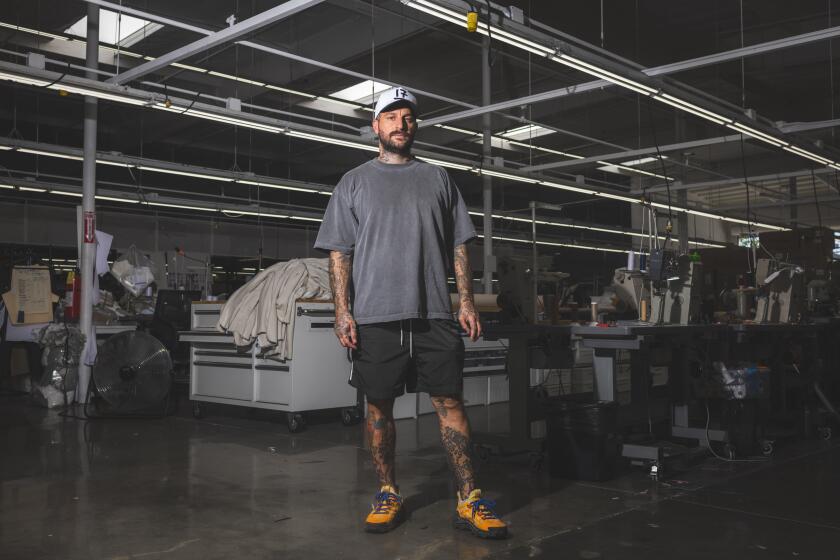Damages lowered for copied mansion
The long-running tale of the Beverly Hills copycat house has taken another dramatic turn, but more twists might lie ahead. In a retrial on damages, a Los Angeles jury has slashed the $5.9-million verdict against several defendants found to have conspired with an architect’s employee to copy the architect’s plans for a Bel-Air mansion. The architect plans to appeal.
The suit is being closely watched by builders and architects as a residential test of the 1990 Architectural Works Copyright Protection Act.
In April 2005, a Los Angeles jury ruled in favor of architect William Hablinski, who alleged that his plan for a Tuscan-style villa for real estate mogul Fred C. Sands had been stolen and used by a builder-homeowner in Beverly Hills.
The six-person jury awarded Hablinski $5.9 million after finding that a family of Beverly Hills developers had conspired with a Hablinski employee to copy plans for Sands’ 20,000-square-foot mansion. That figure was reduced to $5.4 million.
Hablinski’s clients have included Gov. Arnold Schwarzenegger and First Lady Maria Shriver, and Warren Beatty and wife Annette Bening.
Subsequently, U.S. District Judge Christina A. Snyder granted the defendants’ request for a new trial on damages of more than $380,000, saying the jury had not addressed a key question about the value of the Beverly Hills property. In ordering a retrial, Snyder ruled that the validity of Hablinski’s copyright and the defendants’ liability for infringing on it would stand.
Last month, an eight-member jury in the retrial agreed with the defendants that only a small portion of the fair market value of the copycat house and land, $13.5 million, could be attributed to the copyrights and building design. The jury ruled that Hablinski should receive $666,930 in addition to the $380,000, for a total of about $1.05 million, a fraction of the original verdict.
The copying came to light in 2003 when two architects with Hablinski’s firm happened upon a familiar-looking house on winding Marilyn Drive, seven miles from the Sands property. The two looked at floor plans and found similarities, including, on one page, the code name for the Sands property, Unity Family Trust. The city building permit listed Parviz Elihu as the applicant and Amir Construction, owned by Elihu and his brothers, as the general contractor.
The logo on the plans was MSH Design, the firm of Mehran Shahverdi, who had worked for Hablinski.
Peter J. Bezek, an attorney for Hablinski, said the U.S. 9th Circuit Court of Appeals would decide whether the first or second jury was correct on the question of damages.
“One issue,” Bezek said, “is whether the second jury was allowed to hear enough evidence.”
As for the reduction in damages, Richard P. Sybert, an attorney for the defendants, said: “I think what it says is that architectural design has value, but don’t be greedy.”
More to Read
Inside the business of entertainment
The Wide Shot brings you news, analysis and insights on everything from streaming wars to production — and what it all means for the future.
You may occasionally receive promotional content from the Los Angeles Times.











